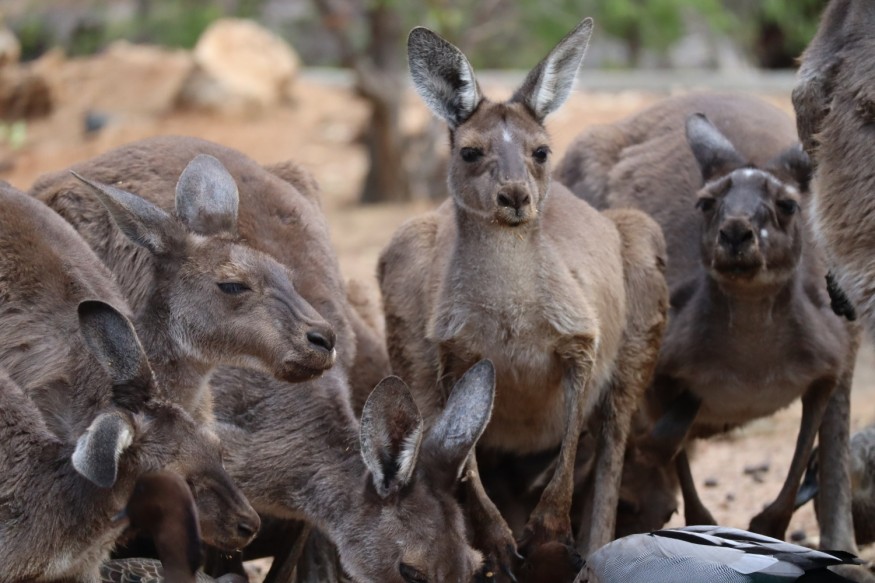Millions of years ago, up until the end of the Earth's last Ice Age, a unique giant kangaroo roamed New Guinea's mountainous rainforests. Today, a recent study suggests that this creature was not a close relative of modern kangaroos seen in Australia. Rather, these giant kangaroos represented a previously unknown primitive kangaroo type unique solely to New Guinea.
Understanding Megafauna

Australia is known to be known to a variety of giant animals known as megafauna ages ago. This was true until most of the animals went extinct roughly 40,000 years ago. These gigantic animals lived alongside many of the animals we now consider mainstays in the Australian bush such as crocodiles, kangaroos, koalas, and many more. The primary difference is their immense size.
At some point, there were gigantic wombats known as Phascolonus, short-faced kangaroos that stood at 2.5 meters tall, and the 3-tonne Diprotodon optatum, the largest marsupial in history. In fact, some of Australia's megafauna species survived until the modern-day such as the emu, cassowary, and the red kangaroo, reports ScienceAlert.
On the other hand, the fossil megafauna of New Guinea isn't as well-studied as others. Despite being shrouded in mystery, the fossil record of New Guinea has given researchers hints of fascinating and unusual animals whose evolution is entwined with Australia's megafauna.
In an archeological excavation led by Mary-Jane Mountain in the 1970s, two jaws of an extinct giant kangaroo were discovered. A young researcher, Tim Flannery, named the species as Protemnodon nombe. The fossils unearthed were described as roughly 20,000 to 50,000 years old that came from the Nombe Rockshelter, an archeological site in the mountains of central Papua New Guinea.
Examination of the Giant Kangaroo Fossil
Isaac Kerr and Gavin Prideaux from Flinders University published a study in the journal Transactions of the Royal Society of South Australia, titled "new genus of fossil kangaroo from late Pleistocene New Guinea" re-examined the fossils and found an unexpected discovery. The strange gigantic kangaroo was not a species of the Protemnodon genus, which used to live across Australia.
The study's findings showed that Nombe may have evolved from the ancestors of Kangaroo and migrated into New Guinea during the late Miocene epoch, roughly five to eight million years ago. During those days, the islands of Australia and New Guinea were connected via a land bridge due to low sea levels- whereas today are separated by the Torres Strait, according to EurekAlert.
The land bridge allowed early Australian mammals such as the megafauna to migrate to the rainforests of New Guinea. When the Torres Strats flooded, these animal populations became discovered from their relatives in Australia evolving separately to survive their new tropical and mountainous home.
The study now considers Nombe as a descendent of one of these ancient lineages of kangaroos. The Nombe is believed to have lived in a diverse mountainous rainforest with closed canopies and thick undergrowth. It evolved to eat tough leaves from shrubs and trees, which is responsible for its thick jawbone and strong chewing muscles.
RELATED ARTICLE: Chicken Domestication Origins Dates Back to 3,500 Years Ago Based on a Study of Its Remains From the Bronze Age
Check out more news and information on Archeology in Science Times.
© 2025 ScienceTimes.com All rights reserved. Do not reproduce without permission. The window to the world of Science Times.










